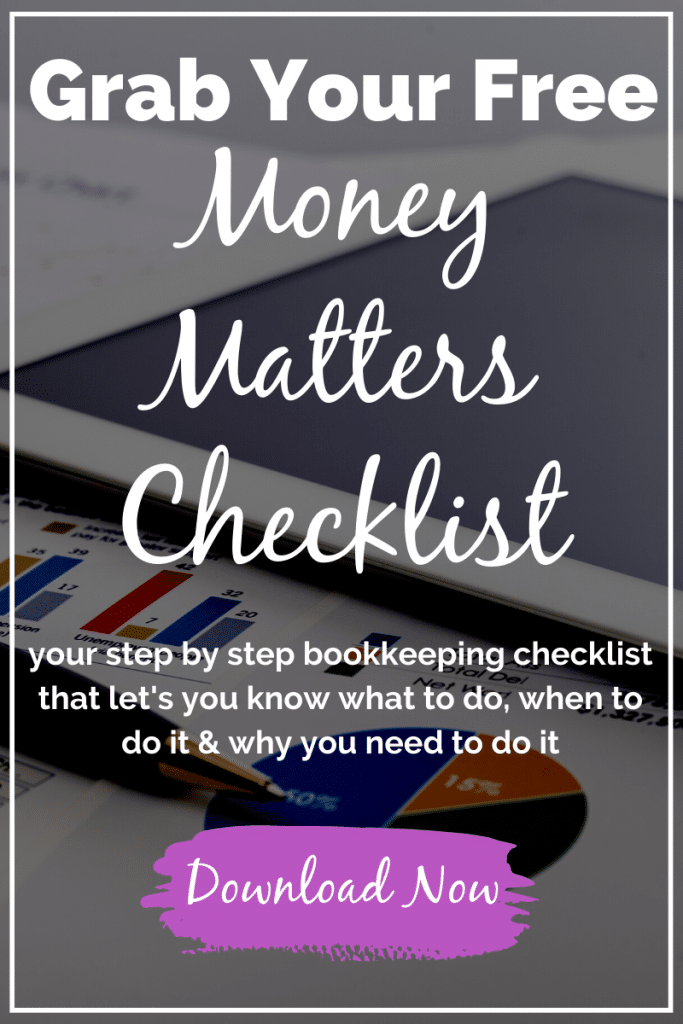Ever heard the saying, “it costs to be the boss”? Well it does BUT there are also a few perks to being one too. If you work for yourself as a sole proprietor or as an independent contractor, in general you are considered to self-employed.
Here are a couple of tips you should know about self-employment and the ever important, self-employment taxes:
1. Self-employment can include part-time work you do at home or in addition to your regular job or work in addition to your regular full-time business activities/full-time job – affectionately known as a “side-hustle”.
2. In general, self-employed persons pay both income tax AND self-employment tax. Simplistically, self-employment tax is a Social Security and Medicare tax primarily for individuals who work for themselves. To calculate this amount, you would use a Form 1040 Schedule SE.
3. Now, you’ve gone and done it. As a self-employed person, you have to file a Schedule C (Profit or Loss from Business) or Schedule C-EZ (Net Profit from Business) with your Form 1040.
4. Sigh. The dreaded estimated taxes. Something to keep in mind. Remember that calculation we talked about from #2 up there^^^… Be advised that you may have to make estimated tax payments. Estimated tax is the method used to pay tax on income that is not subject to withholding. Cautionary tale: If you fail to make quarterly estimate tax payments you may be penalized for underpayment at tax time.
5. Keep track of the costs to run your business! They are deductible** as business expenses.
**NOTE: To be deductible, a business expense must be BOTH ordinary and necessary. An ordinary expense is one that is common and accepted in your field of business. A necessary expense is one that is helpful and appropriate for your business.
For more information, please check out the links below on the IRS website . Note sure if you can make heads or tails of this? Shoot us an email, we’d be happy to help.
Links:
- Publication 334, Tax Guide for Small Business
- Publication 535, Business Expenses
- Publication 505, Tax Withholding and Estimated Tax
- Schedule C, Profit or Loss from Business and instructions
- Schedule SE, Self-Employment Tax and instructions
- Form 1040-ES, Estimated Tax for Individuals


Great article! Thanks for sharing these tips!
glad you liked it. thanks for stopping by and leaving a comment!